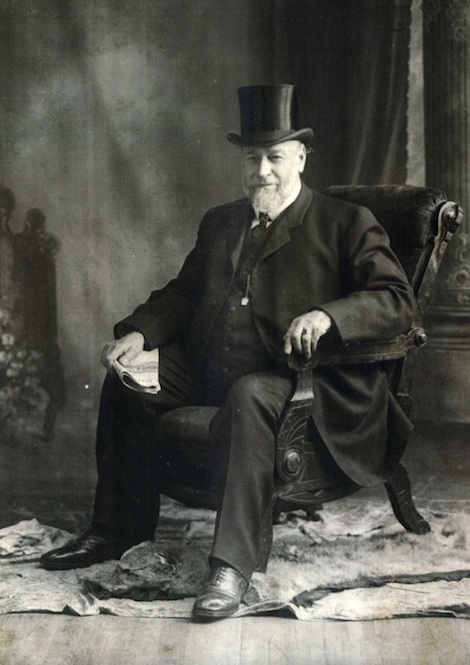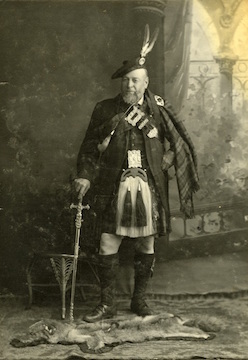
The history of education in Sault Ste. Marie has an interesting past.
In the 1830s, when people were settling in the area, education was considered a priority for the new residents.
In 1832, Ojibway Chief Shingwauk once was so concerned about the lack of opportunity to gain an education for the children in the community that he travelled by snowshoe from Sault Ste. Marie to York (present-day Toronto) to request the services of a teacher for the area - a distance of about 702 kilometres!
Reverend William MacMurray and his wife Charlotte (daughter of John Johnston) ran a mission overseeing the Chippewa village, and he was instructed to become the headmaster of the new school teaching about 30 Ojibway children.
The school, funded by the Anglican Church, offered basic instruction in subjects such as reading, writing, arithmetic and religion, as well as practical skills such as farming, housekeeping, and basic nutrition.
MacMurray introduced his students to European ways.
The one-room building served as a schoolhouse during the week and functioned as a church on Sundays.
 Due to a change in government and policy in 1838, funding for church missions and schools was discontinued forcing Reverend William and Charlotte MacMurray to leave the area in 1838.
Due to a change in government and policy in 1838, funding for church missions and schools was discontinued forcing Reverend William and Charlotte MacMurray to leave the area in 1838.
The school closed and there wasn’t much to offer area children until the 1860s.
The community realized that they needed to establish a permanent school in the community and set about building its first official public school building.
Construction was nearly completed on the school located near the northeast corner of Pim and Queen Streets and it was time to find a teacher.
William Rufus Turner, born in Garragh, Londonderry County, Ireland, on March 3, 1841 was hired in 1866 as the first paid educator in the community of Sault Ste. Marie.
The new school also served as the Methodist and Anglican Churches on alternate Sundays.
In 1866, there were 304 people in the school district, with 79 children between the ages of five and 16 years of age.
Turner taught 50 of the 79 children.
In 1888, the Canadian Pacific Railway appropriated the church/schoolhouse for use as a station house.
Unfortunately in 1892, the building was destroyed by fire.
By 1889, the town of Sault Ste. Marie began the process of building more permanent public and separate elementary schools.
William Turner died in 1908 from a stroke.
In addition to his teaching accomplishments, Turner was a successful land owner building the Turner Block at the north-west corner of Queen and Brock Streets.
Find out more of what the Public Library has to offer at www.ssmpl.ca and look for more Remember This? columns here.